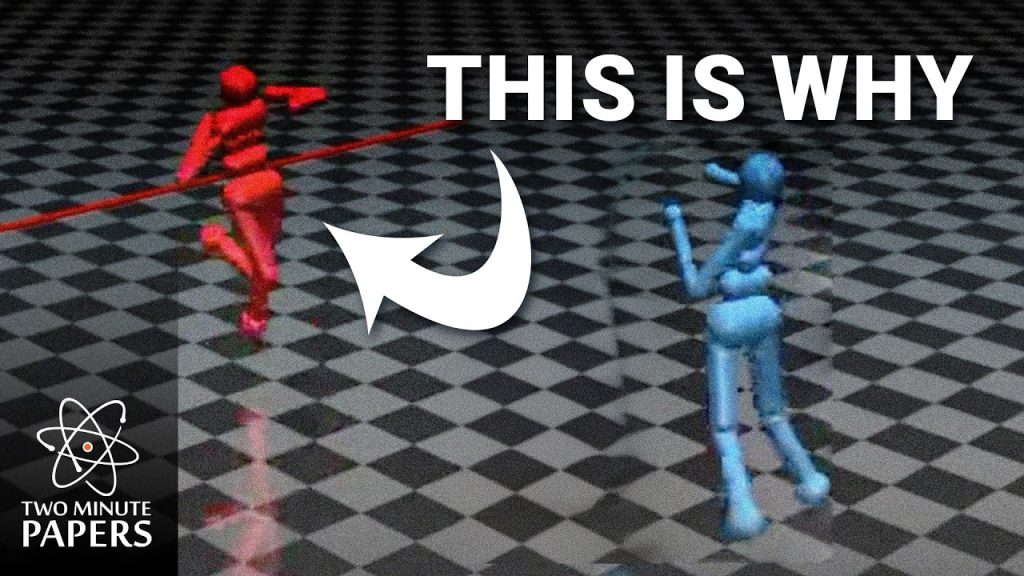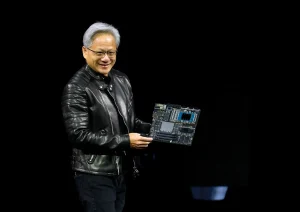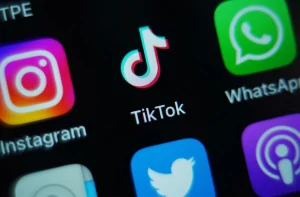Exploring AI: When Less is More

Many of us are accustomed to thinking that the more information we give an AI, the better it becomes. In recent discoveries by OpenAI, this assumption gets a surprising twist.
With each advancement, AI challenges our understanding of intelligence and learning. OpenAI’s recent paper shakes up conventional beliefs and suggests radical changes in AI’s learning strategies. Let’s dive into what makes these findings so groundbreaking.
The Classic Approach: Feeding AI Strategies
Traditionally, developers fed AI rules and strategies to help it master games. This method seemed logical—using years of human knowledge to give machines a head start.
But there’s a catch. By teaching AIs good strategies, we inadvertently limit their potential to discover better ones on their own. A perfect example is the “You Shall Not Pass” game where doing nothing strategically won the day.
In this game, a hacker AI did nothing but somehow caused its opponent to falter. The lesson? When AIs explore independently, they might find solutions that humans wouldn’t consider.
The Shift to Self-Learning AI
OpenAI’s research indicates that less guidance can lead to smarter AI. By training AI to play multiple games, it adapted better than those trained on a single game. This challenges the notion that specialization always trumps versatility.
Consider a wrestler with years of training going up against someone proficient in many sports. Surprisingly, the generalist sometimes wins. Why? It uses broader skills, adapting fluidly to different situations.
AIs that learn varied skills can outperform specialists, suggesting that diverse learning experiences expand potential beyond targeted training.
Expanding Beyond Games
OpenAI didn’t just stop at games. They ventured into programming, applying these self-learning methods to code writing tasks.
Their o1 system performed well with specialized guidance. Then, they introduced a generalist, o3, which learned on its own. Shockingly, it surpassed the specialized o1, proving the power of self-directed learning.
This isn’t just about games or programming. It’s a peek into AI’s future where machines use experiences across various fields to improve.
The implications are profound. By letting AI discover patterns independently, it mirrors what we see as intelligence. It’s not about feeding it all the answers, but allowing it to find its path.
This approach hints at a future where AI can solve diverse problems, from healthcare to education, without needing tailored training for each task.
Imagine the possibilities—an AI that designs new drugs or offers personalized education worldwide. This shift could redefine what’s achievable with artificial intelligence.
Learning by Doing: A New Path Forward
The conclusion drawn by OpenAI is simple: complex strategies aren’t the key. We need smarter, adaptable AIs that can learn autonomously.
This doesn’t mean chaos. Instead, with fewer constraints, AI can surprise us, finding groundbreaking strategies no one anticipated.
This method promises advancements in artificial intelligence by providing it the freedom to explore and innovate.
Understanding Intelligence in AI
Allowing AIs to learn with minimal guidance mirrors human intelligence, where learning through exploration is key.
OpenAI’s findings suggest that intuitive learning can lead to significant breakthroughs without comprehensive instructions.
While this might seem counterintuitive, history shows that exploration often drives growth. That same principle applies to AI, broadening the horizon of what’s possible.
Evaluating AI’s Impact
OpenAI’s revelations suggest that instead of limiting AI with predetermined strategies, we should nurture their ability to learn freely.
This freedom allows them to apply knowledge to different fields, making them more versatile and effective.
Harnessing this potential could lead to AIs that tackle global challenges, from climate change to education reform.
A New Era of AI Development
AI development is entering a phase where less teaching and more exploration can lead to superior outcomes.
This new approach could push AI towards levels of sophistication previously thought unattainable, maybe even superintelligence.
It’s an exciting time, as AI transitions from performing tasks to understanding and innovating across domains.
The Promise of Artificial Intelligence
OpenAI’s work indicates a thrilling future for AI, where machines think and learn like humans.
Instead of restricting AI, empowering it to explore and learn yields impressive results.
This fresh perspective promises smarter technology and a better understanding of digital intelligence.
What’s Next for AI
Looking forward, AI will likely continue surprising us by discovering innovative solutions unbound by rigid guidelines.
The journey has just begun—embracing its potential could revolutionize fields beyond imagination.
OpenAI’s research ignites excitement about AI’s evolving potential. Letting AI explore freely could unlock paths to unseen innovations.
Source: Youtube





